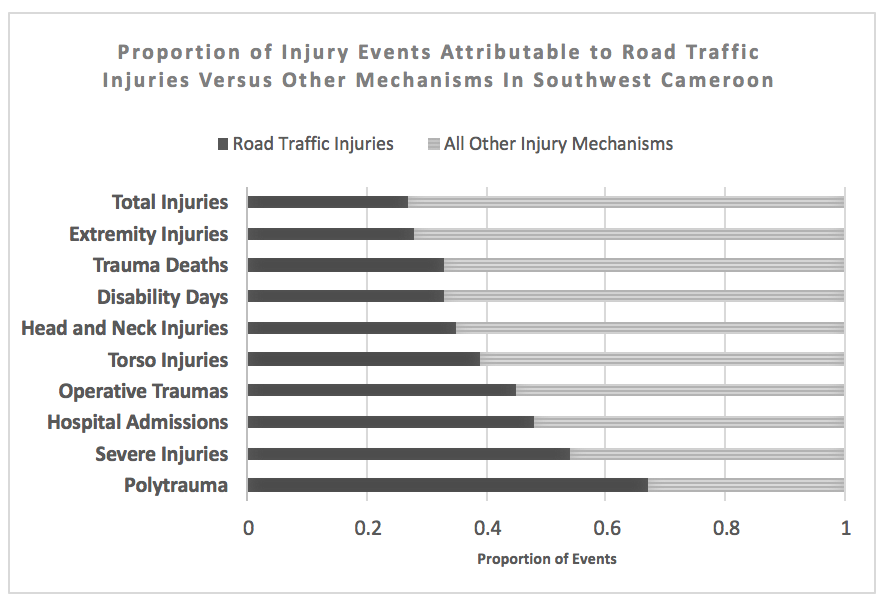M. Gruendl1,2, F. Kateera1, K. Sonderman2,3, T. Nkurunziza1, A. Matousek3, E. Nahimana1, G. Ntakiyiruta4, E. Gaju5, C. Habiyakare5, E. Nihiwacu1, B. Ramadhan1, R. Riviello2,3, B. Hedt-Gauthier2 1Partners In Health, Clinical/ Research,Kigali, CITY OF KILGALI, Rwanda 2Harvard School Of Medicine,Department Of Global Health And Social Medicine,Brookline, MA, USA 3Brigham And Women’s Hospital,Boston, MA, USA 4Ejo Heza Surgical Center,Kigali, CITY OF KIGALI, Rwanda 5Ministry Of Health,Kigali, CITY OF KIGALI, Rwanda
Introduction:
Surgical site infections (SSIs) are a significant cause of morbidity and mortality worldwide, particularly in low- and middle-income countries, where the rates of SSI can reach up to 30%. In Rwanda, post-operative follow-up for surgical patients is not routine. Therefore, there are often significant delays in presentation for patients who develop SSIs. Community Health Workers (CHWs) have been integral in maternal and child healthcare at community level and could prove an essential frontline care provider for postoperative surgical patients. The aim of this study was to develop a SSI screening protocol that a CHW could administer through a mobile health application to identify and refer SSIs back to formal health care.
Methods:
In this prospective cohort study, we enrolled all discharged patients, 18 years or older, who underwent a cesarean section between 22 March and 22 July 2017 at Kirehe District Hospital in Rwanda. Patients from a nearby refugee camp were excluded as well as patients that did not return for a follow-up screening, scheduled at the 10th postoperative day (+/- 3 days). At the screening visit, patients were first evaluated by a CHW and then by a General Practitioner (GP), both of whom administered a 9-question SSI screening protocol: increased pain or fever since discharge, erythema, induration, edema, dehiscence, and/or drainage from the wound (with discoloration or smell). The GPs assessment of the patient wound and SSI diagnosis was considered the gold standard for our analyses. A classification and regression tree (CART) process was used to identify the most predictive questions and we evaluated the reduced algorithm based on sensitivity and specificity.
Results:
A total of 303 patients met inclusion criteria. 31 (10.2%) were diagnosed with a SSI by the GP. Based on the GP responses to questions there were two combinations of questions that were most predictive of SSI: 1) purulent drainage, wound dehiscence or fever, which had a sensitivity of 96.8% and specificity of 86.8% or 2) purulent drainage, fever, or increasing pain, which had a sensitivity of 96.8% and specificity of 85.7%. Based on the CHW responses to questions there was one combination of questions that were most predictive of SSI which included purulent drainage, fever, or increasing pain, which had a sensitivity of 87.1% and specificity of 73.9%.
Conclusion:
Study results suggest that the optimal reduced SSI protocol is a 3-question algorithm: purulent drainage, pain, and fever. Our next steps are to evaluate the sensitivity and specificity of this protocol on an independent sample of cesarean section patients.










